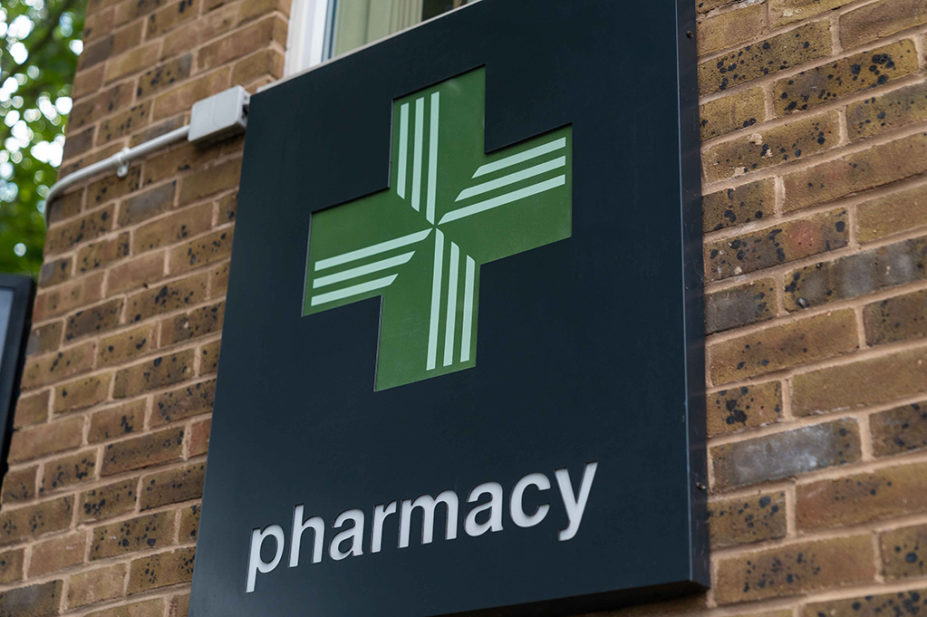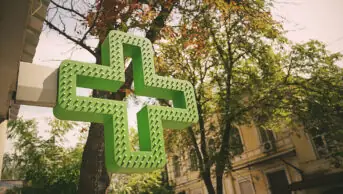
Shutterstock.com
New NHS data reveal that the number of community pharmacies in England has continued to fall, reaching the lowest number in seven years.
The figures, released by NHS Business Services Authority (NHS BSA) on 13 October 2022, show that despite 308 pharmacies opening in in 2021/2022, 418 have closed, resulting in a net loss of 110 community pharmacies across England.
There are now 11,500 active community pharmacies — the lowest total since 2015/2016.
The NHS BSA figures also show that the number of prescription items dispensed in 2021/2022 increased to 1.1 billion, an increase of 2.7% on 2020/2021.
In 2021, The Pharmaceutical Journal reported a net loss of 215 community pharmacies across England, from 11,826 in 2019/2020 to 11,636 in 2020/2021. Data from NHS Digital, analysed by The Pharmaceutical Journal in September 2021, also suggested that the rate of closures had slowed.
Commenting on the figures, Janet Morrison, chief executive of the Pharmaceutical Service Negotiating Committee, said the ongoing reduction in community pharmacies in England was “very worrying”.
“Any closure is cause for concern and, with the immense financial pressures that we know pharmacy businesses are under, it is only due to the personal sacrifices of contractors that the number of permanent closures isn’t much higher,” she said.
“Many contractors will instead be making other tough decisions, such as cutting back on services or the pharmacy’s opening hours, which paints a bleak picture for the future.”
Andrew Lane, chair of the National Pharmacy Association (NPA), said: “These numbers are just the tremors of the earthquake to come if nothing is done to reverse chronic underfunding.
“The recent NPA-commissioned report into the impact of inflation on top of historic cuts warns of many more closures, possibly totalling thousands. Action is needed now to maintain current services and safeguard the community pharmacy network for future generations.”
Thorrun Govind, chair of the Royal Pharmaceutical Society English Pharmacy Board, and a community pharmacist, described the continued closure of community pharmacies as a “dire situation” but “not a surprise”.
She said: “You’ve seen the decimation of the community pharmacy network with the persistent underfunding of the sector. It’s not unexpected that we’re in this position, but it’s a very sad position to be in.
“I think we need to recognise that there is so much potential value in the community pharmacy network, but it needs adequate resources and funding. Where pharmacies have to close, that puts pressure on other parts of the NHS. So it’s really incumbent on the government to look at this and see how they can support community pharmacy further.”
A spokesperson for the Department of Health and Social Care said: “Community pharmacies play a vital role in supporting patients across the country, with 80% of the population living within 20 minutes’ walking distance of one. We also have twice as many pharmacies in more deprived areas compared to a decade ago and pharmacies are dispensing more prescription items and delivering more flu jabs than last year.
“Our Plan for Patients sets out how pharmacists are helping to ease pressures on GPs and free up time for appointments this winter and next, including taking referrals directly from NHS 111 online and managing and suppling more medicines such as contraception, without a prescription from a GP.”
- This article was updated on 13 October 2022 to include a comment from the Department of Health and Social Care


